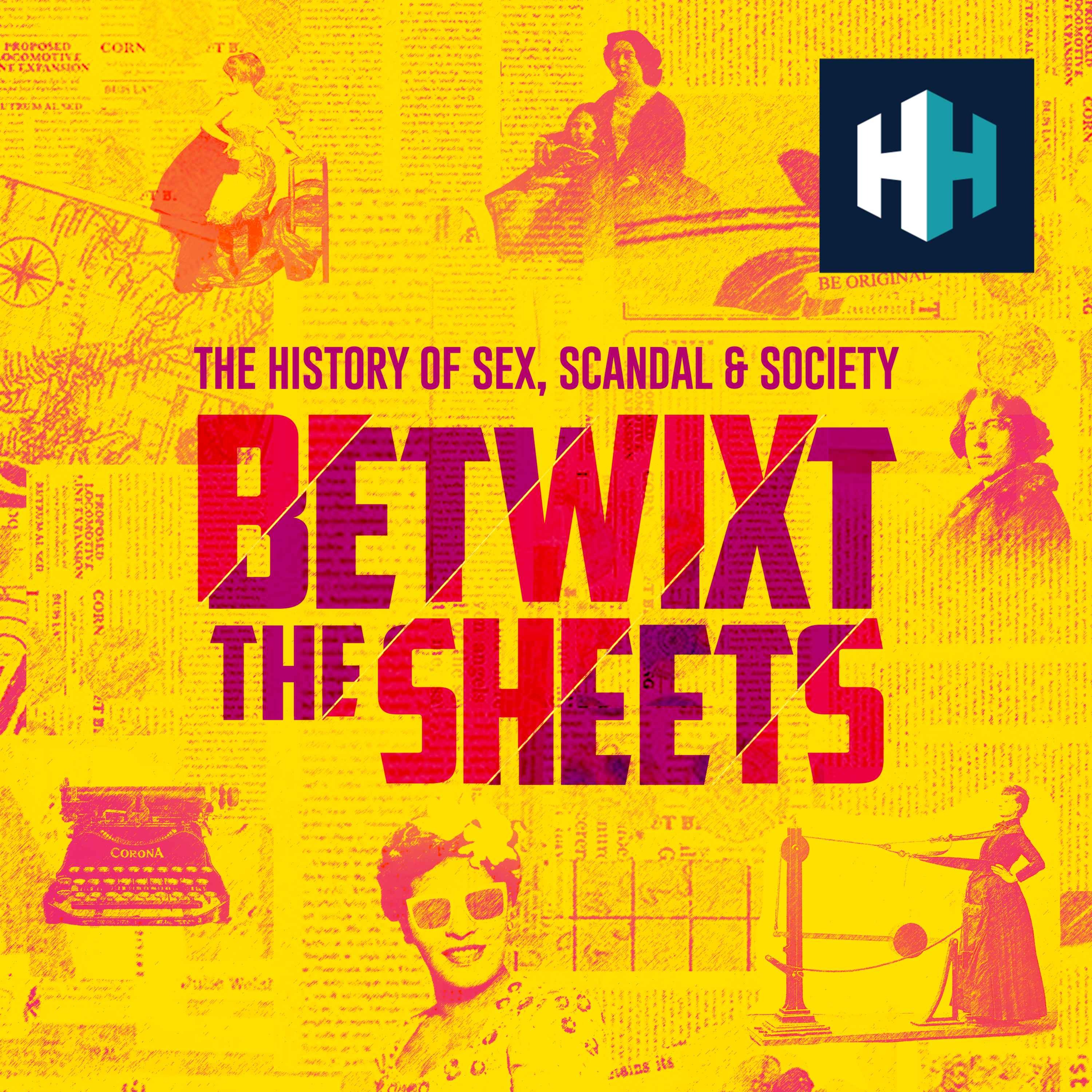
Ancient Eroticism, Pagan Workouts & Body Ideals: History of the Gym

Betwixt The Sheets: The History of Sex, Scandal & Society
Deep Dive
What were the origins of gym culture in ancient Greece?
Gym culture in ancient Greece began around 2,800 years ago, with the first Olympiad in 776 BCE. The gymnasium was a multifunctional space dedicated to training male citizens, particularly for athletic competitions like the Olympic Games. These spaces included courtyards for wrestling, boxing, and other exercises, as well as outdoor areas for javelin, discus, and running tracks.
Why did ancient Greeks exercise naked?
Ancient Greeks exercised naked as part of their gym culture, a practice well-documented in sculpture and vase paintings. They believed that covering the body in oil and dust had health benefits, with clay used for cooling in hot weather and asphalt for heating in cold weather. This practice also had an element of same-sex eroticism, as gyms were male-only spaces where mentorship and attraction between older men and younger boys were common.
How did the gym culture change during the Roman era?
The Romans were more prudish compared to the Greeks and avoided public nudity outside of bathhouses. When the Roman Empire became Christian, gyms and the Olympic Games, which were dedicated to pagan gods, were abolished. This led to the disappearance of gym culture for about 1,200 years, until its revival during the Renaissance.
What role did the Enlightenment and the French Revolutionary Wars play in the revival of gyms?
The Enlightenment and the French Revolutionary Wars sparked the revival of gyms. Friedrich Jahn, a German, created the first open-air gym, or Turnplatz, to rebuild the German nation 'from the body up' after the destruction of professional armies. This marked the beginning of modern gymnastics and the reintroduction of exercise for its own sake.
How did Eugene Sandow influence Victorian gym culture?
Eugene Sandow, a German strongman, popularized physical training among the Victorian upper classes. He established the first indoor gym in London, offering personalized training with weights. Sandow's naturally muscular physique and his posing for classical statues helped normalize the idea of exercise for health and aesthetics, paving the way for modern bodybuilding.
How did Jane Fonda impact gym culture for women?
Jane Fonda revolutionized gym culture for women in the 1980s with her aerobic exercise videos. She introduced the idea of women taking control of their bodies while remaining feminine, which transformed gyms into more inclusive spaces. This led to the rise of aerobics classes and the integration of women into gym culture, which had previously been male-dominated.
What is the connection between gym culture and gay identity?
Gym culture has long been intertwined with male beauty and same-sex attraction. In the 1970s, gay men used gyms to reclaim masculinity and challenge stereotypes of effeminacy. The HIV/AIDS epidemic further emphasized health consciousness, leading to the rise of the 'gym jock' archetype. Today, gay gym culture has influenced broader male body ideals, shifting away from hyper-muscularity to a more toned, youthful look.
What does the future of gyms look like?
The future of gyms includes growth and specialization, with innovations like virtual reality and digital fitness experiences. Gyms are becoming more accessible, with budget options and niche offerings like cycling studios. The integration of technology, such as VR workouts with historical or celebrity trainers, is expected to shape the next evolution of gym culture.
Shownotes Transcript
It's January and (reluctant) thoughts turn to gym memberships, but what are the ancient origins of this phenomena?
From the naked workouts of Ancient Greece to the bodybuilders of the 19th century, a lot has influenced exercise culture over the centuries - and it's always had a healthy dose of homoeroticism to it.
Joining Kate today is Eric Chaline, author of The Temple of Perfection)*, *to take us inside these spaces and find out more about them.
This episode was edited by Tom Delargy, the producer was Stuart Beckwith. The senior producer was Charlotte Long.
All music from Epidemic Sounds/All3 Media.
Sign up to History Hit for hundreds of hours of original documentaries, with a new release every week and ad-free podcasts. Sign up at https://www.historyhit.com/subscribe).
You can take part in our listener survey__ here__).
Betwixt the Sheets: History of Sex, Scandal & Society is a History Hit podcast.